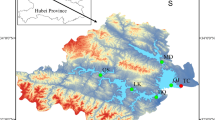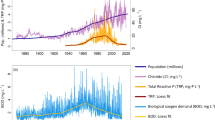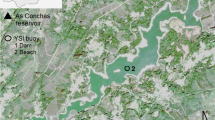Abstract
DURING a brief stay in England last year, towards the end of June a visit was paid to Stonehenge. It was noticed that several small holes in one of the fallen stones near the centre of the Circle contained green-coloured water, and since I am particularly interested in the flora of such small rain-water pools, permission to take samples was sought and readily granted. Water was spooned up, concentrated in a small freshwater plankton collecting net, and small quantities of the concentrate transferred to comparatively large jars. The following evening, on reaching my headquarters in Cheltenham, the samples were examined and most surprisingly proved to be very rich, active and nearly pure unialgal growths of Hæmatococcus dræbakensis Wollenweber1. I believed then that this alga was known only from pools in granite on a small island near Drobak in Norway ; I have learnt since that there is one doubtful record from Wales.
This is a preview of subscription content, access via your institution
Access options
Subscribe to this journal
Receive 51 print issues and online access
$199.00 per year
only $3.90 per issue
Buy this article
- Purchase on SpringerLink
- Instant access to full article PDF
Prices may be subject to local taxes which are calculated during checkout
Similar content being viewed by others
References
Wollenweber, W., Ber. der deutsch. bot. Gesell., 25, 316 (1907); 26, 238 (1908).
Author information
Authors and Affiliations
Rights and permissions
About this article
Cite this article
POCOCK, M. A Rare Alga from Stonehenge. Nature 168, 524 (1951). https://doi.org/10.1038/168524a0
Issue date:
DOI: https://doi.org/10.1038/168524a0



